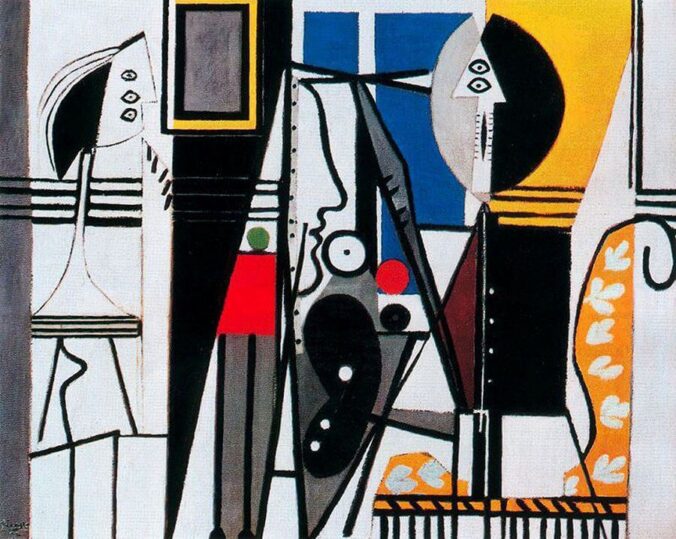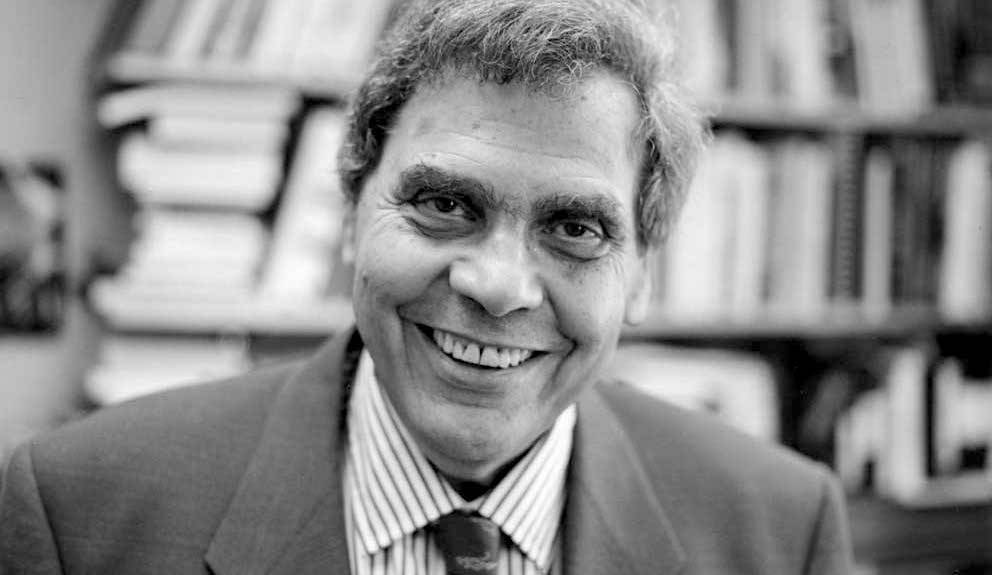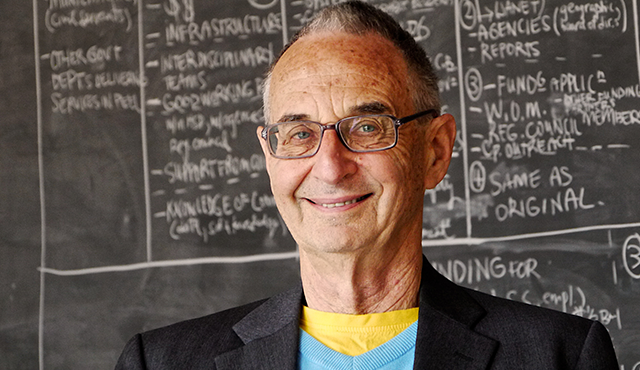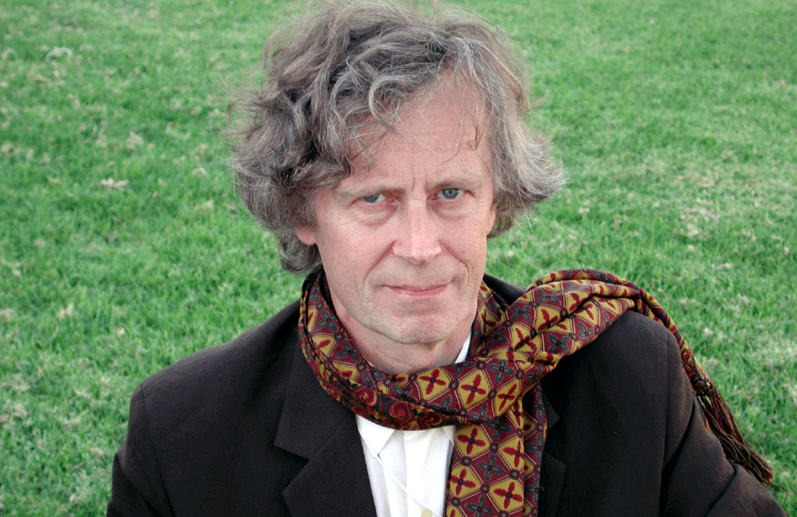The simultaneity of electric communication creates an environment of togetherness for users. By using these media, individuals are irresistibly collectivized through its content. Individuals whose bodies are scattered across the habitable face of the planet get the uncanny sense of being in the same place, creating shared memories in common and, thus, share in common identity. Having traveled together, the result is a tribalism which is called—quite pointedly—mass. Communing in the same shared electric body, mass audiences are the dominant subject of 20th century history: it is the mediums of press, radio, and television which unite the developed world.
The innate sense of belonging, or co-involvement in a group is palpable. And yet today we find that sense of electric interrelation artificially mis-interpreted, pigeonholing our modern tribal identity into statistically-quantifiable, superficial signifiers. The source of our feeling of belonging to
…


